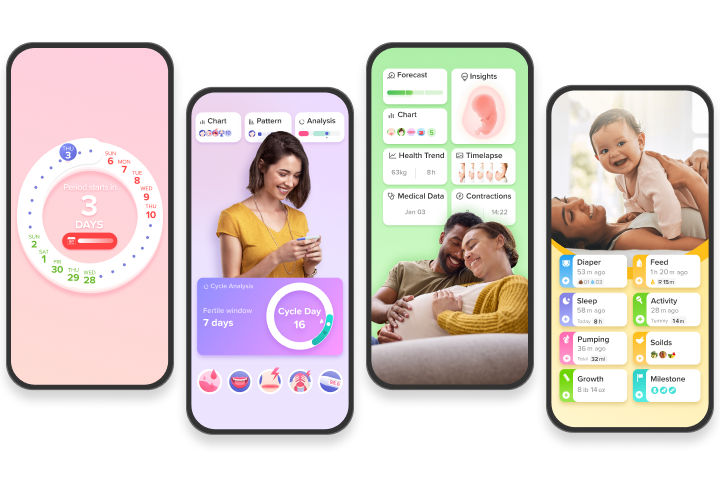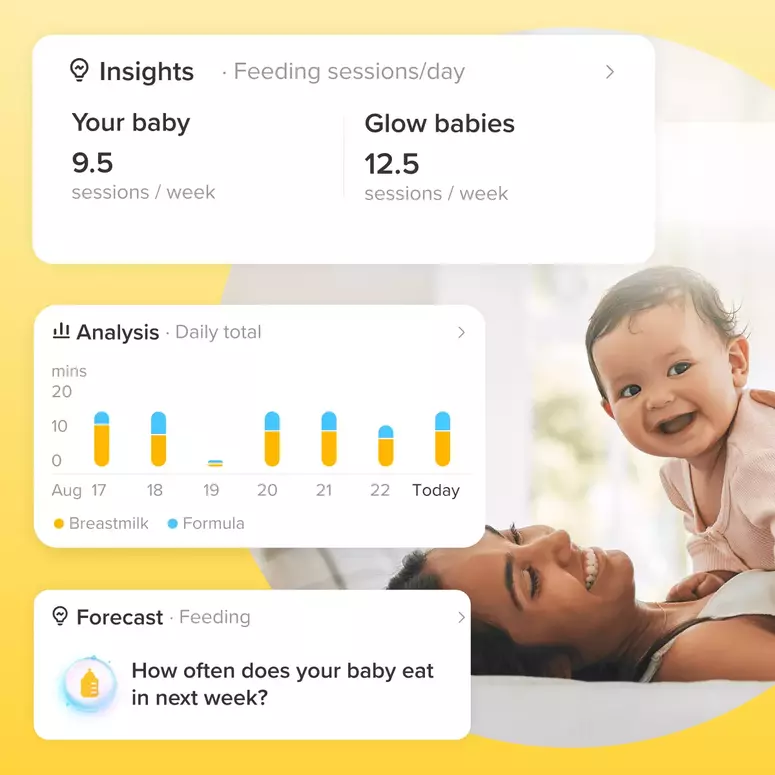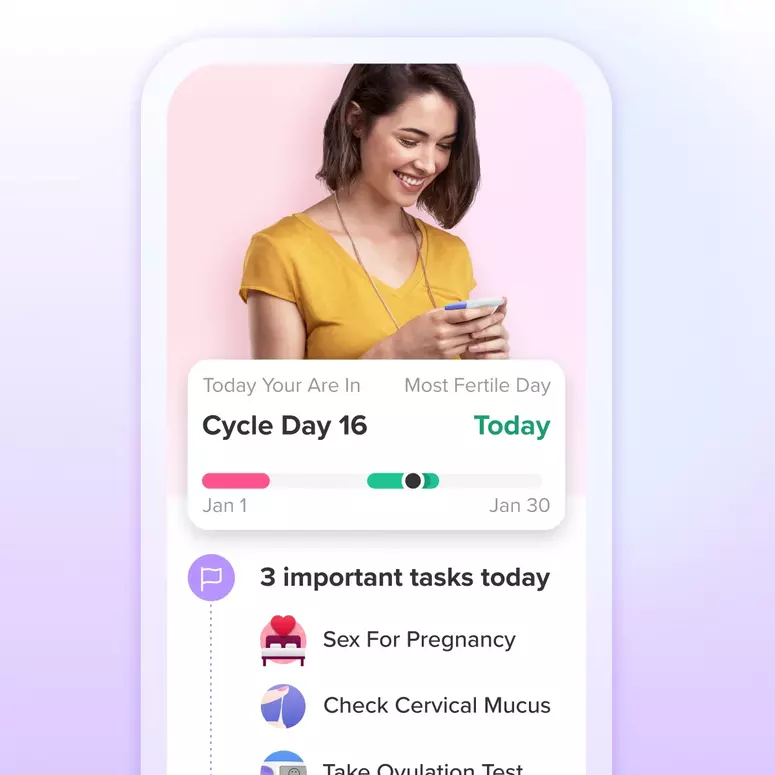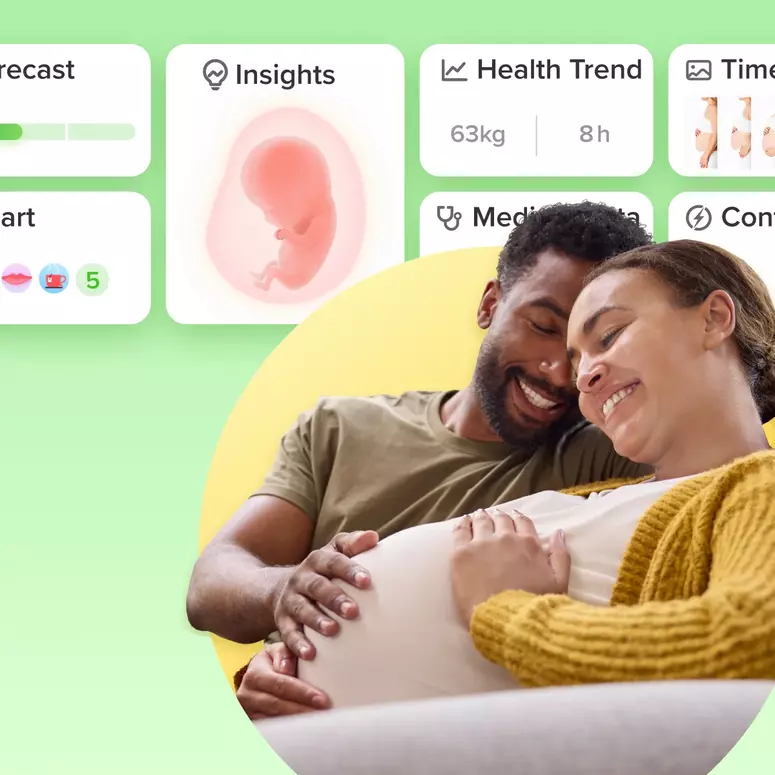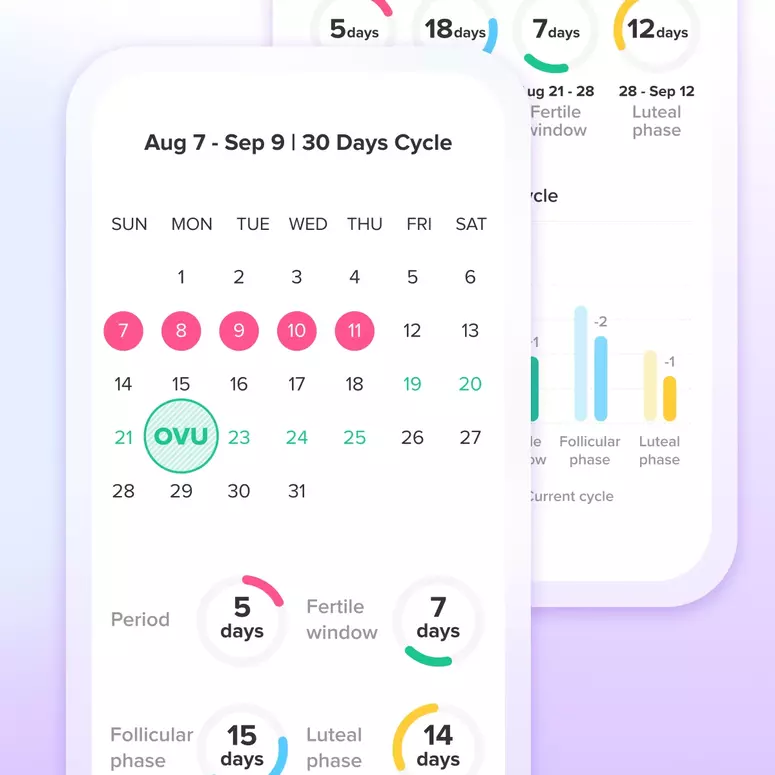Chemicals to avoid: Pregnant or Breastfeeding
This is an article from the Natural Resources Defense Council.

🍃To reduce your exposure to toxic chemicals from that tube of concealer or bottle of scented moisturizer, carefully read the ingredients. Switching to low-chemical beauty products has been shown to cut blood levels of certain harmful substances after just three days.
🍃You can control only so much, though. Companies are not required by law to disclose the ingredients of perfumes, cosmetics, and lotions, so it’s impossible to know if the product label shows the full list.
Here are some common culprits to avoid.
🍃 Phthalates: This class of chemicals, typically found in nail polish and many cosmetics containing fragrance, can disrupt hormonesand alter development in a growing baby. “The term fragrance hides many, many ingredients,” Sass says. The company selling the product may not know what the ingredient really is, either, since that “almond fragrance” may come from another manufacturer. Look for products marked “phthalate free” or “unscented,” and avoid those that use generic terms for fragrance, such as “parfum.”
🍃Parabens: These are antimicrobials used as preservatives to prevent bacteria and mold from growing in cosmetics. They mimic estrogen and have been found in tumors. Parabens can also damage DNA in sperm. On labels, you can spot the most common parabens used in cosmetics: ethylparaben, methylparaben, propylparaben, isopropylparaben, butylparaben, and isobutyl paraben.
🍃 Triclosan: Many antibacterial hand and body soaps contain this hormone disruptor, which is a pesticide. And here’s the thing: Washing with antibacterial soaps is no more effective than using regular soap and water to kill germs. Fortunately, after six years of litigation by NRDC, in 2016 the FDA banned companies from marketing antibacterial soaps that contain triclosan, among 18 other unsafe chemicals. Unfortunately, this ban excludes health care antiseptics, hand sanitizers, and soaps used in food handling.
🍃Beware of “natural.”
Don’t believe words like natural and green, Sass says. “These are totally made up, unregulated words.” In addition, just because an ingredient is plant-based doesn’t mean it was grown naturally. That aloe vera and ginkgo biloba root on the label could just as well have been cooked up in a lab or sourced from a country where production lines are unregulated. Plus, not all botanical ingredients are safe: Some, like those related to soy, clover, or hops, can disrupt endocrine systems. “If botanical ingredients are as biologically active as they claim, then that’s also a concern,” Sass says. For more direction in the shopping aisles, check out the Environmental Working Group’s Skin Deep Cosmetics Database, or browse products that have been screened by the Made Safe Toxicant Database.
🍃Spray with caution.
In the regulatory world, chemical-based insect repellents are considered pesticides—part of the U.S. Environmental Protection Agency’s turf—so they must be labeled as such. Use these with caution. “If you’re not in a Zika hot spot or headed to a bug-infested place, you likely don’t need hard-core repellents,” Rotkin-Ellman says. Read the bug-repellent guide offered by the Environmental Working Group. If you cover up with long pants and sleeves, you’ll need less product.
🍃It’s also best to use lotions or wipes instead of spray-on versions of repellents—or spray-on versions of sunscreen, for that matter. In fact, the FDA has warned against the use of sunscreen sprays on children due to the risk of inhalation. So stay away from those chemical-dispersing nozzles. “When you breathe something in, the lungs’ job is to get everything in the air right into the bloodstream and send it to organs in every part of your body,” Sass says. That’s good when it comes to oxygen, but not when it comes to sunscreens and pesticide-containing bug repellents.
Let's Glow!
Achieve your health goals from period to parenting.
